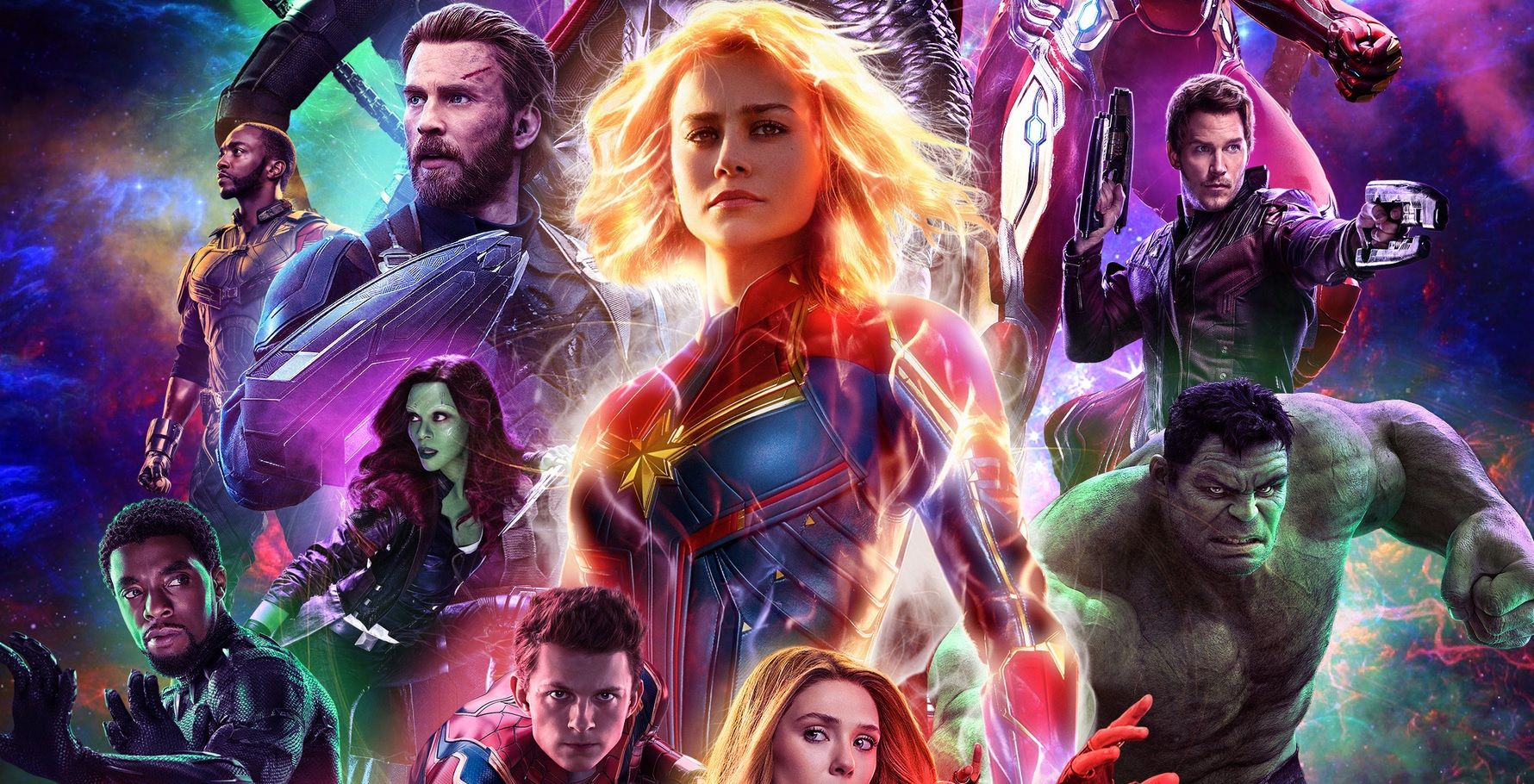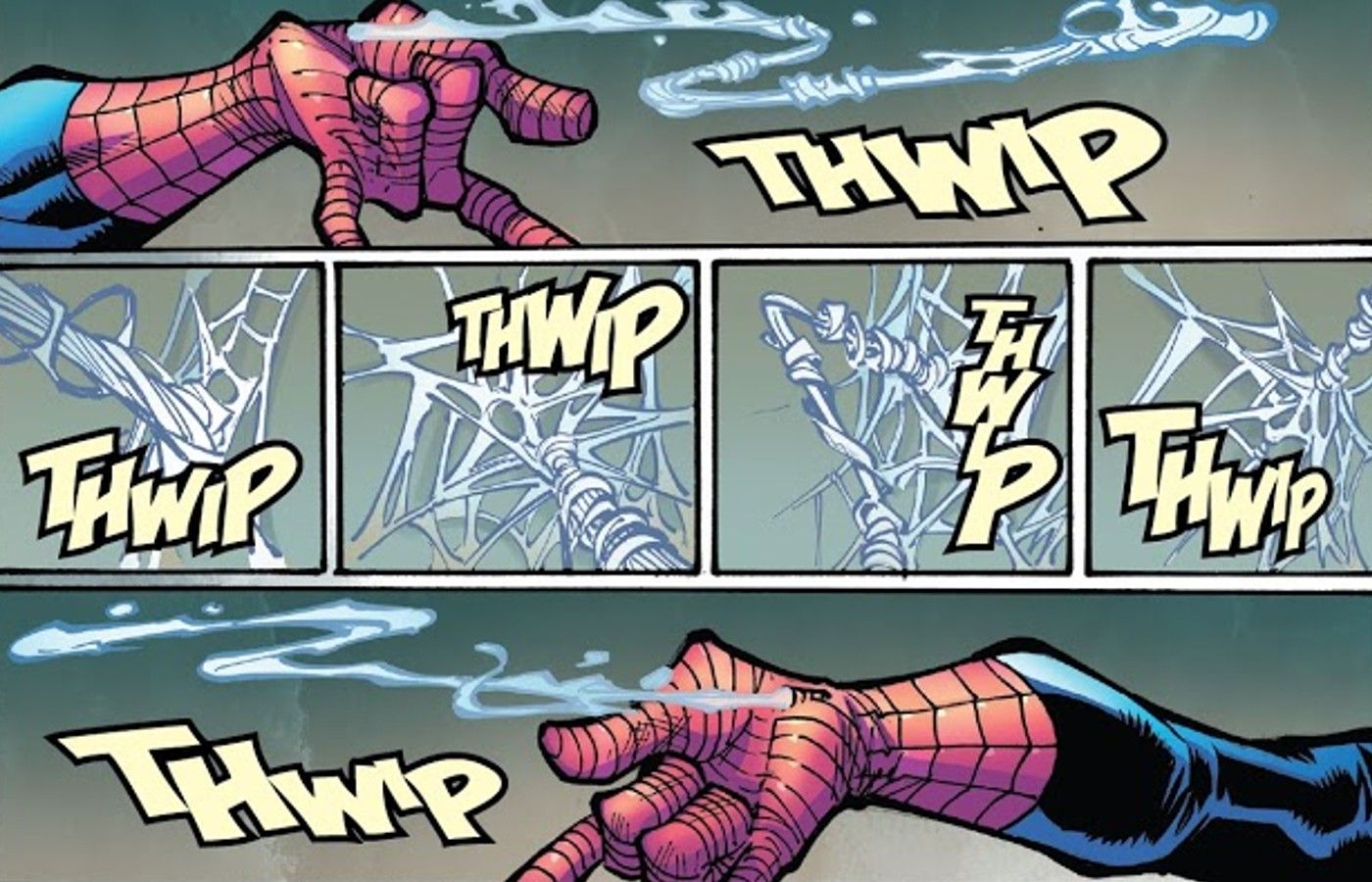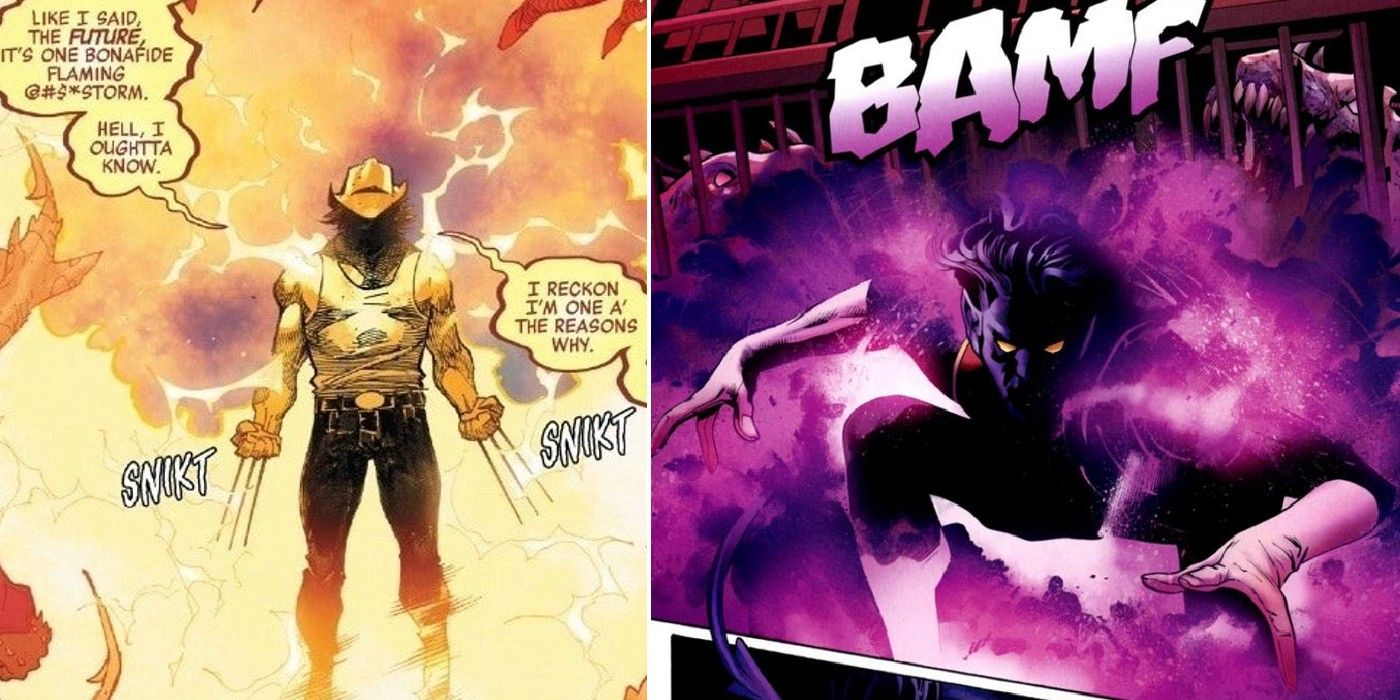The Marvel Cinematic Universe is known for comic-accuracy, but there's one key element of Marvel Comics that the franchise will never be able to accurately adapt. The MCU made a name for itself in the late 2000s by portraying Marvel superheroes as written on the page, instead of attempting to reimagine them at the risk of alienating the audience that grew up with the likes of Iron Man, Thor, and Captain America in the first place. But for all their accolades, the franchise is - quite literally - unable to adapt an iconic element to the comics: the visible sound effects.
Onomatopoeia is a staple of the superhero genre, so much so that the Adam West Batman television show infamously used various animated BAMs and POWs during fight sequences. As comics are a visual medium, many readers imagine different voices from their favorite characters - but individual sound effects are a commonality. There are even multiple Marvel characters that have their own, character-specific sound effect that are used for very specific actions.
One of the best-known character-specific sound effects belongs to Spider-Man. Whenever Peter Parker activates his webshooters, they are often accompanied by a THWIP sound, emanating from his wrists. In the first few dozen issues, the webshooters were completely silent - until The Amazing Spider-Man #36, when the THWIP debuted while Spider-Man was chasing a parachuting criminal. The noise has become so iconic that it was referenced outright in 2019's Spider-Man: Enter The Spider-Verse by Peter B. Parker, while trying to teach the novice Spider-Man Miles Morales how to swing on his webs ("Just thwip and release!"). To complete the reference, the film often showed the sound effects in the air whenever Spider-Man used his webshooters.
Spider-Man isn't the only hero with a unique associated sound effect. The mutant Wolverine's iconic claws emit a SNICKT sound in comics whenever said claws are unsheathed. This is only when Wolverine's claws are covered in the unbreakable metal adamantium; when the character had bone claws in the past, they make a SHLIKT sound instead. The mutant Nightcrawler also has an exclusive sound effect used by no one else but him; as his mutant ability is instant teleportation, he appears and disappears with a BAMF sound, often accompanied by a dark purple cloud.
Since the MCU takes place entirely in a quasi-realistic film setting, it's highly unlikely the visible sound effects will be reproduced on screen. Perhaps onomatopoeia has a place in future animated productions, such as Marvel's What If...?, but the live-action films will remain THWIP and SNICKT-free. Nevertheless, while the Marvel Cinematic Universe can't properly replicate the sound effects, the world of Marvel Comics continue to have their unique sound effects for the foreseeable future.



